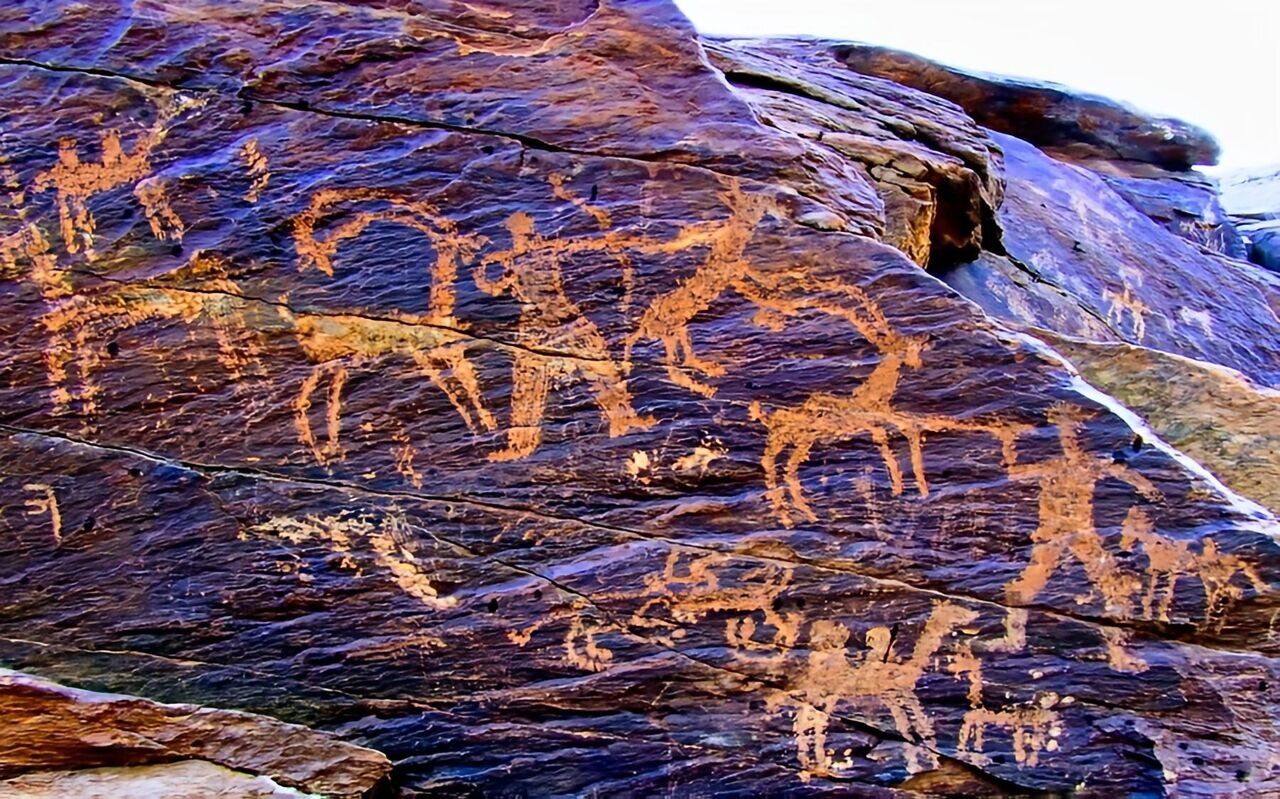Human activities threaten Teymareh petroglyphs, researcher says

TEHRAN - Human activities pose one of the most significant threats to the treasured Teymareh petroglyphs of Golpayegan, said archaeologist and researcher Mohsen Jamali on Thursday.
Petroglyphs, defined as any carvings or engravings created by humans on rocks and boulders, are among the oldest forms of cultural expression. However, Jamali emphasized that mining activities near these archaeological zones, particularly in the Teymareh petroglyph site, have become a major threat to these ancient artworks.
Jamali, author of “Golpayegan Petroglyphs” and “The Passage of History”, also highlighted unregulated tourism as another critical factor causing damage to these historical treasures. “Uninformed visitors often leave graffiti or disturb the surrounding areas, further endangering the petroglyphs,” he noted.
To mitigate these risks, Jamali called for increased protection of these historical artifacts and the promotion of guided, well-regulated tourism in the region.
Having dedicated over 17 years to studying Golpayegan’s petroglyphs, Jamali revealed that the area boasts some 36,000 carvings depicting images and inscriptions. These petroglyphs serve as a testament to Iran’s ancient culture and civilization, offering a rare glimpse into the lives of its ancestors.
“These carvings represent history and culture created by ordinary people rather than under the orders of rulers or elites, making them some of the most genuine and unaltered records of human life globally,” he explained.
Jamali also noted that these petroglyphs offer valuable insights into extinct wildlife species that once roamed Iran. Among the animal depictions are tigers, leopards, cheetahs, lions, deer, wild goats, and mountain sheep.
“Through anthropological and archaeological studies, we can uncover hidden narratives and mysteries depicted in these carvings, shedding light on the distant past,” he added.
Golpayegan, home to these extraordinary petroglyphs, is situated 170 kilometers west of Isfahan.
AM
